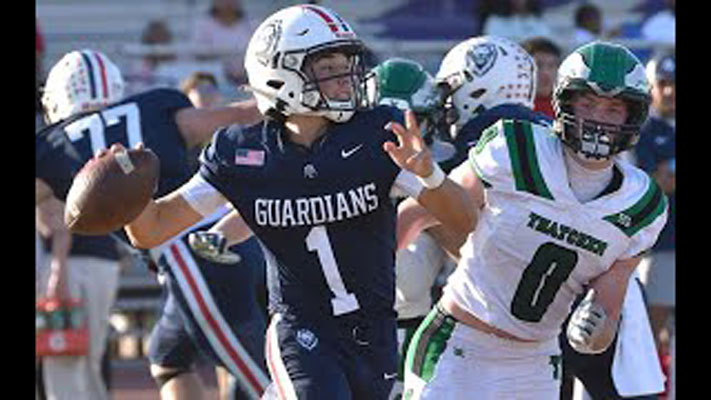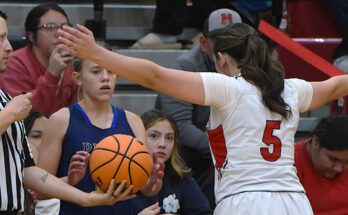Contributed Article/Courtesy AIA
PHOENIX — The Arizona Interscholastic Association (AIA) is excited to introduce a pair of new and impactful endeavors that increase the safety for student-athletes statewide.
Launching the week of Aug. 18, an anti-hazing course will be available as part of the student-athlete online Academy, along with the Opioid Education and Concussion Education (Brainbook) courses. Partnering with the Arizona Risk Retention Trust, this program aims to raise awareness of hazing, establish reporting responsibilities, and educate student-athletes on aspects of the state statute on hazing.
All fall sports student-athletes will have until the end of September to complete this course. Student-athletes participating in winter and spring sports will need to complete the course prior to being cleared for tryouts in their respective seasons. Student-athletes will be cleared for the duration of their high school careers following successful completion.
“It’s important to be proactive with this type of training so students are aware of the dangers of hazing and the outcomes that may go with it,” said AIA Executive Director Dr. Jim Dean. “This will be another step to assist our coaches, school administrators, and communities related to the important aspects of hazing and hazing prevention.”
A second operation the association has spearheaded is a requirement that all professional members of the media who receive AIA media credentials must have been cleared through a background check or an Arizona Department of Public Safety fingerprint clearance. AIA media credentials cannot be issued until that information has been sent to the association for each staff member of an approved media outlet that covers high school sports.
Dr. Dean added, “As we continue to elevate opportunities for student-athletes, it’s important to keep safety at the forefront of what we do and know who is being granted access, sometimes in close quarters, to athletes. And this is a major step forward to help schools continue in providing safe environments for those who are most impressionable.”









